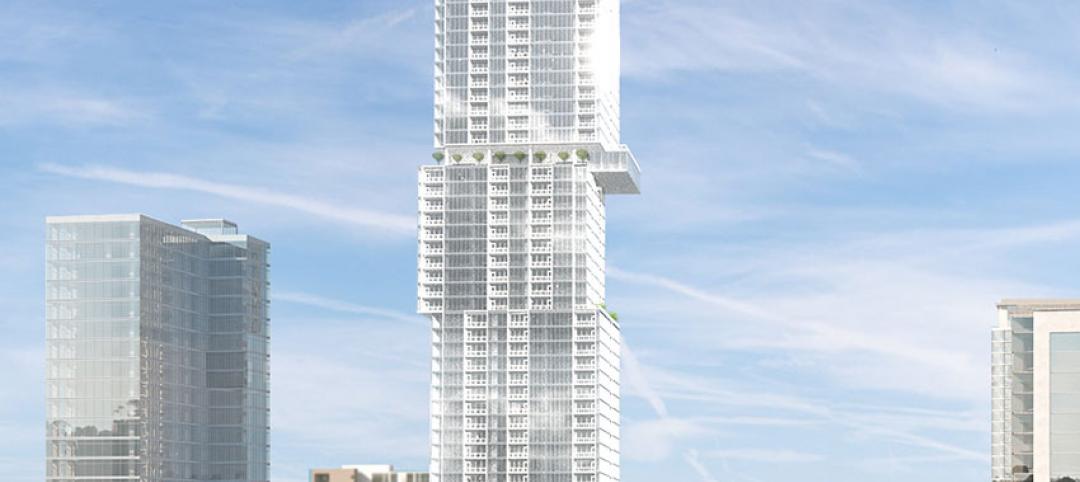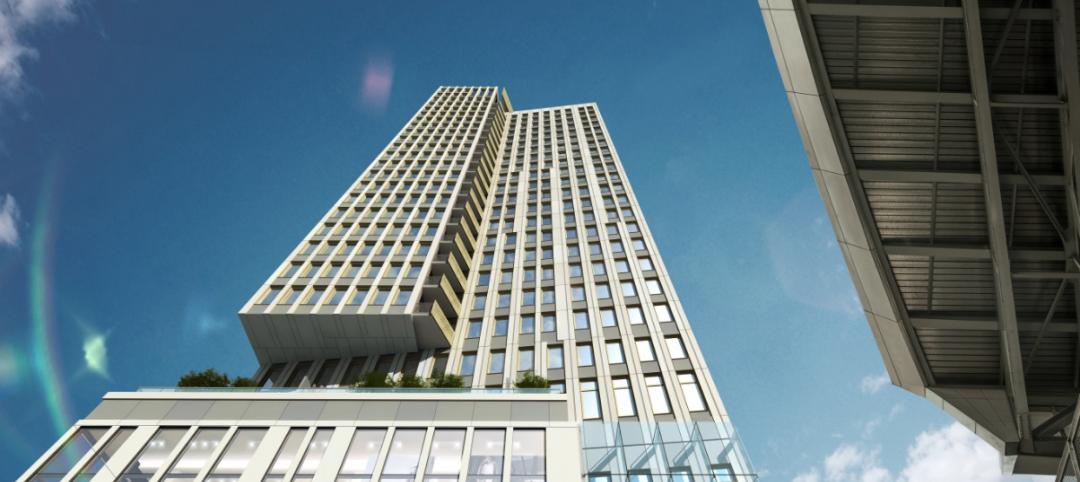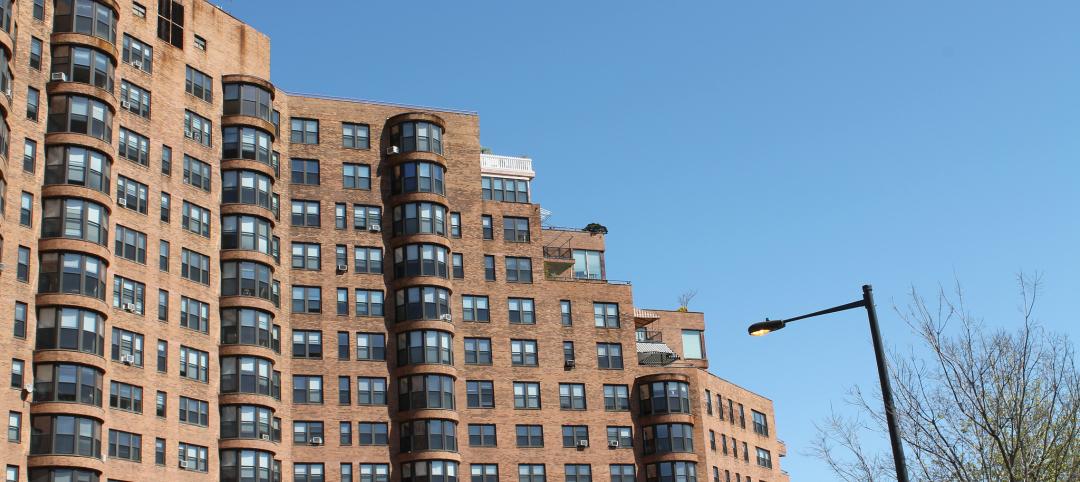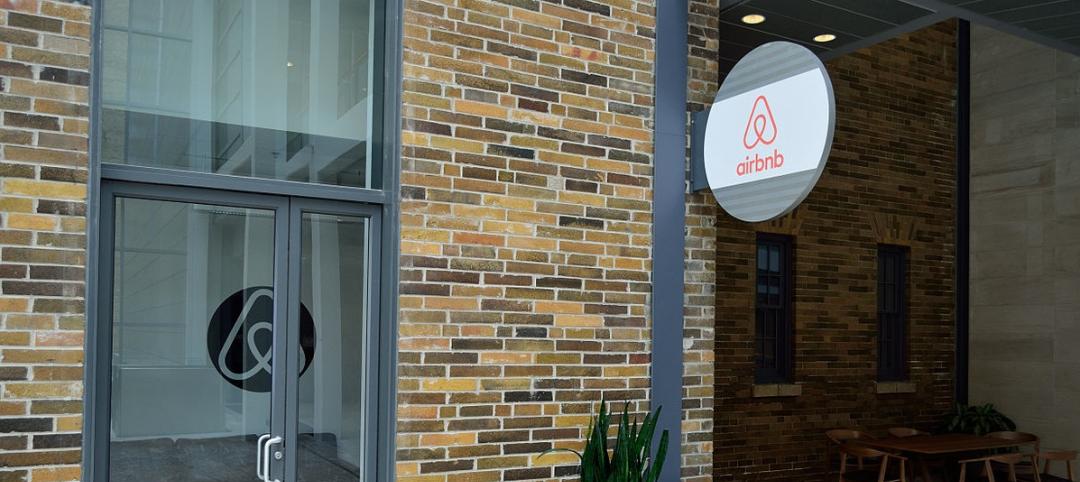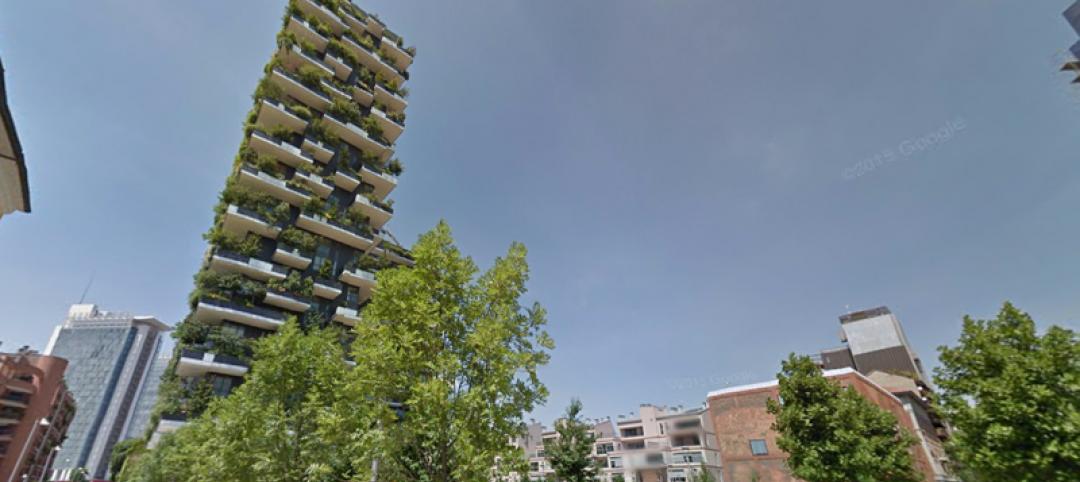The architectural and planning firm KTGY Group recently created Los Angeles 55+ Studio, specifically for the design of active-adult and seniors housing. Heading up that studio is Douglas Ahlstrom, a 35-year industry vet and a Certified Active Adult Specialist in Housing through the National Association of Home Builders. Previously, Ahlstrom was Director of Seniors Housing for the community planner KEPHART, and a principal with Professional Design Consultants.
The following are excerpts from an email interview BD+C conducted with Ahlstrom about the Studio and the seniors housing market:
BD+C: What prompted KTGY to launch Studio 55+, and what is KTGY bringing to the table that's unique?
Ahlstrom: KTGY has always been in the 55+ market sector. What KTGY is doing now is collaborating and consolidating all of our offices’ expertise so that our creative team can focus exclusively on what is cutting edge in the area of 55+ housing. With access to the industry’s leading research firms as well as collaboration with experts in Universal Design, we are able to help clients across the spectrum of age-qualified housing develop communities that will not only meet residents’ needs today but their needs long into the future.
What design features do you think are essential to active-adult/retirement living, and do you think those needs are currently being met?
Universal Design is unquestionably the essential feature in all active-adult and retirement living environments. Elements like Kohler’s new shower and bath accessories that look like a decorative shampoo and soap tray, but actually work as a grab bar supporting 300 pounds of pressure, are great examples where we need to be heading.
The trick is still, as it has always been, not to be obvious with these design elements and create a comfortable and tasteful atmosphere. Wide hallways, lots of natural light without glare, fully accessible garages with ease of entry into the home, and ease-of-reach items in the bath and kitchen, can easily be incorporated into the home if thought out completely during the conceptual design. Additionally, the planning of the overall community is important to ensure a successful design.
'Today’s 55+ buyers are looking for more opportunities to socialize outside the home. The large clubhouse is becoming a thing of the past, replaced with smaller, more intimate, buildings that cater to special functions like health and wellness. Walking and riding trails that interconnect smaller neighborhoods and lead to larger central shopping or recreational nodes are becoming more popular, as is the elimination of multiple vehicular access points entering these neighborhoods.' — Douglas Ahlstrom, KTGY Group
Today’s 55+ buyers are looking for more opportunities to socialize outside the home. The large clubhouse is becoming a thing of the past, replaced with smaller, more intimate, buildings that cater to special functions like health and wellness. Walking and riding trails that interconnect smaller neighborhoods and lead to larger central shopping or recreational nodes are becoming more popular, as is the elimination of multiple vehicular access points entering these neighborhoods. The walled community is gone and has been replaced with the living wall of vegetation, or with more pedestrian access points promoting a healthier alternative to reach areas outside the community.
Builders and developers already in this space are always talking about multigenerational living. But there are relatively few examples of communities that include housing that accommodates the needs of Millennials, families, and retirees (including assisted living and hospice care).
This is an area that’s growing, and a few developers are incorporating designs that promote multigenerational living. Pew Research Center analysis of the latest U.S. Census Bureau data approximates 51 million Americans, or 16.7% of the population, live in a house with at least two adult generations, or a grandparent and at least one other generation, under one roof. A 2012 survey by the national builder PulteGroup found that 32 percent of adult children expect to eventually share their house with a parent.
It’s not just the graduating college kids moving back with the parents to get their bearings; it’s also the older kids who lost their homes during the economic downturn. In some cases, these kids are bringing their kids with them. All of these changes are occurring at a time when the 55+ buyer is having to bring his or her parent(s) into the home to assist them with their difficulties, whether they be financial or health.
How would the ideal multigenerational community be designed?
Developers need to concentrate on how to achieve the design of a multigenerational home that makes sense in providing separation and privacy while promoting family interaction and nurturing. For the elder resident in the mix, the main concern is providing a safe environment to live in. All of this needs to be accomplished while jumping through jurisdictional hoops of creating, essentially, more than one residence on a lot that may not be zoned for multiple residences. The communities that these homes are designed within would probably be only a few in the overall number of residences offered. But the community space needs to cater to multiple generations. The smaller, more intimate buildings that have replaced the larger clubhouse may include adult daycare to assist the family having a safe place for mom or dad to be while the rest of the family is at work.
Can you envision senior living as being an element in a larger multifamily project like a high-rise tower?
Yes, there are great examples of mid-rise and high-rise projects that cater to the needs of the 55+ buyer. There is a new exodus of seniors leaving the suburbs and moving back into the city center. The 55+ resident is looking for more social experiences, flexibility in living, and convenience that the city center has to offer. It is appealing to be able to leave their residence for a vacation and not have to worry about the yard, and have the safe feeling that their home will be secure.
Good examples of 55+ Master Plans today include Gavilan in Rancho Mission Viejo, and the Victory District at Verrado in Buckeye, Ariz., where age-qualified communities are part of larger, all ages Master Plans, and the residents love that idea. If there was ever any doubt that an urban environment was desired by today’s seniors, you don’t need to look any farther than Angelus Plaza, the country’s largest affordable age-qualified community, whose renovation we are overseeing. It has a waiting list of more than 2,400 seniors.
KTGY says that service is an important part of what Los Angeles Studio 55+ Studio. What services are you emphasizing, and how will they be marketed?
Today’s active adult and senior homeowners are more diverse than ever. KTGY knows that there is not a one size fits all solution. KTGY’s design services include master planning, single family and multifamily, and encompass both market rate and affordable developments, for rent and for sale.
Our commitment to senior living includes a full continuum of care from independent living, assisted living, memory support and skilled nursing to Continuing Care Residential Communities (CCRC). KTGY understands that great design must promote independence, wellness and a sense of community, while providing a safe environment to care for the residents as their needs change.
Where does KTGY see growth for its 55+ Studio?
With 10,000 individuals turning 65 every day and the last of the Boomers turning 65 in 2029, the market will encompass the design needs of the most wealthy, affluent and healthy buyer ever seen. Boomers are picky, not only for themselves but for their parents’ needs. With the overall population living longer, Boomers expect more out of independent living, assisted living and memory support communities where they may bring their parents, perhaps with the an eye towards the day when they, too, eventually become end users of those communities.
Related Stories
Multifamily Housing | Dec 23, 2015
Student housing developer broadens its reach into multifamily
Aspen Heights Partners evaluates seven metros for its initial projects.
Multifamily Housing | Dec 17, 2015
Developers respond to demand from tenants for ‘smart’ design
A number of green prerogatives are having a beneficial impact on multifamily design and construction.
Multifamily Housing | Dec 14, 2015
Study finds increase in cost-burdened renters
Harvard’s Joint Center for Housing Studies released its biennial rental housing report, and it found that 21.3 million renters spend 30% or more of income towards rent.
Multifamily Housing | Dec 10, 2015
Developer of Jean Nouvel-designed New York City condo complex sued
One resident says living in the curvy, glass 100 Eleventh Avenue building is like being in a wind tunnel.
Multifamily Housing | Dec 7, 2015
Are long-term apartment rentals Airbnb’s next target?
Some developers are thinking about that possibility, says one West Coast real estate consultant.
Smart Buildings | Dec 7, 2015
AIA Baltimore holds rowhouse redesign competition
Teams competed to provide the best social and environmental design solutions for the city’s existing rowhouse stock.
Multifamily Housing | Nov 19, 2015
Herzog & de Meuron designs curving NYC luxury apartments
The 160 Leroy building will have 49 luxury homes, along with a white concrete façade covered with large windows.
High-rise Construction | Nov 17, 2015
CTBUH awards '2015 Best Tall Building Worldwide' to Bosco Verticale
Designed by Italian architect Stefano Boeri, the building design was applauded for its “extraordinary implementation of vegetation at such scale and height."
Multifamily Housing | Nov 17, 2015
A new luxury high rise reflects a resurgent condo market in Miami Beach
GLASS is one of several residential buildings in the works in that city’s hot South of Fifth neighborhood.
Multifamily Housing | Nov 5, 2015
Architects propose residential tower in Singapore with gardens on every floor
Imagine a high-rise with lush greenery on every floor—that’s the design Ingehoven Architects and A61 propose for Marina One, a series of residential towers in Singapore.



